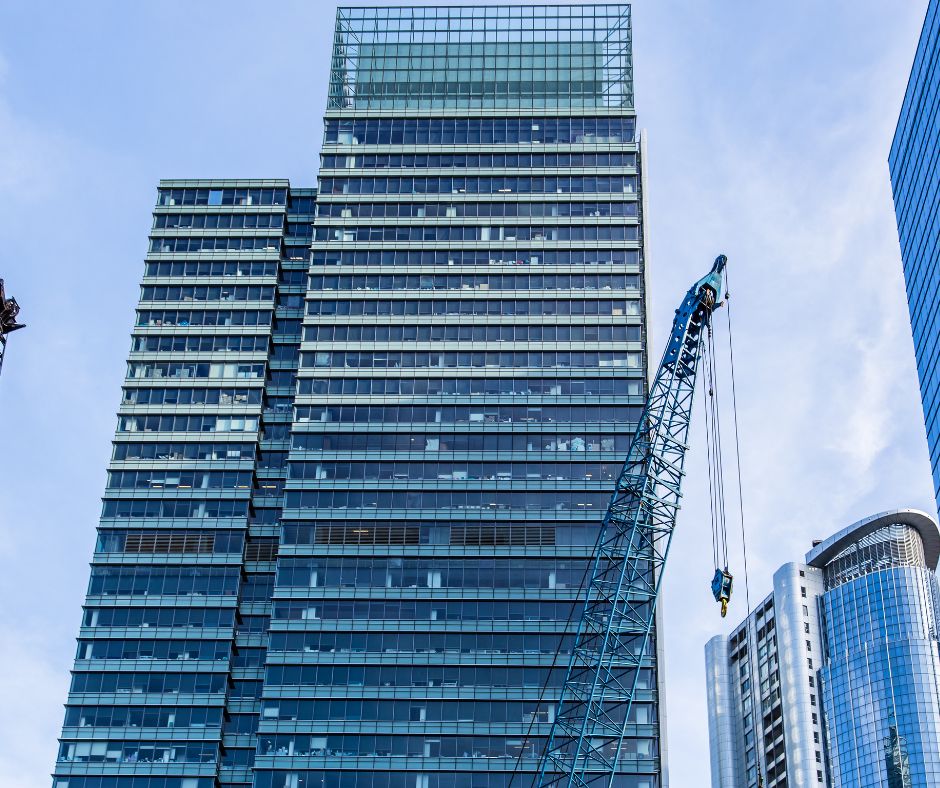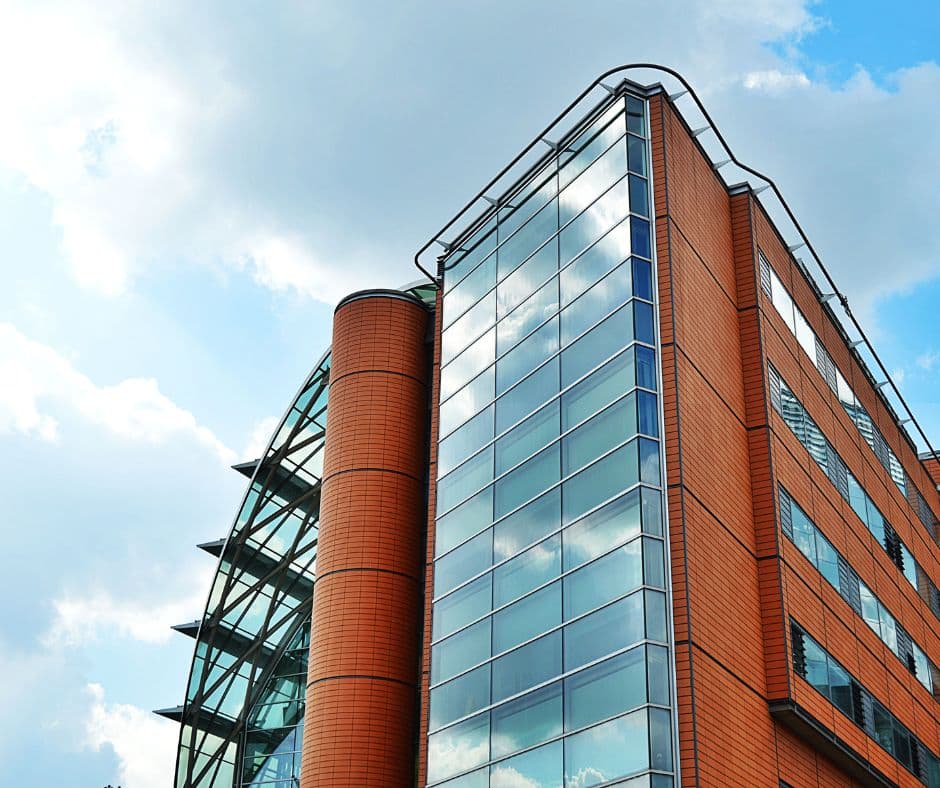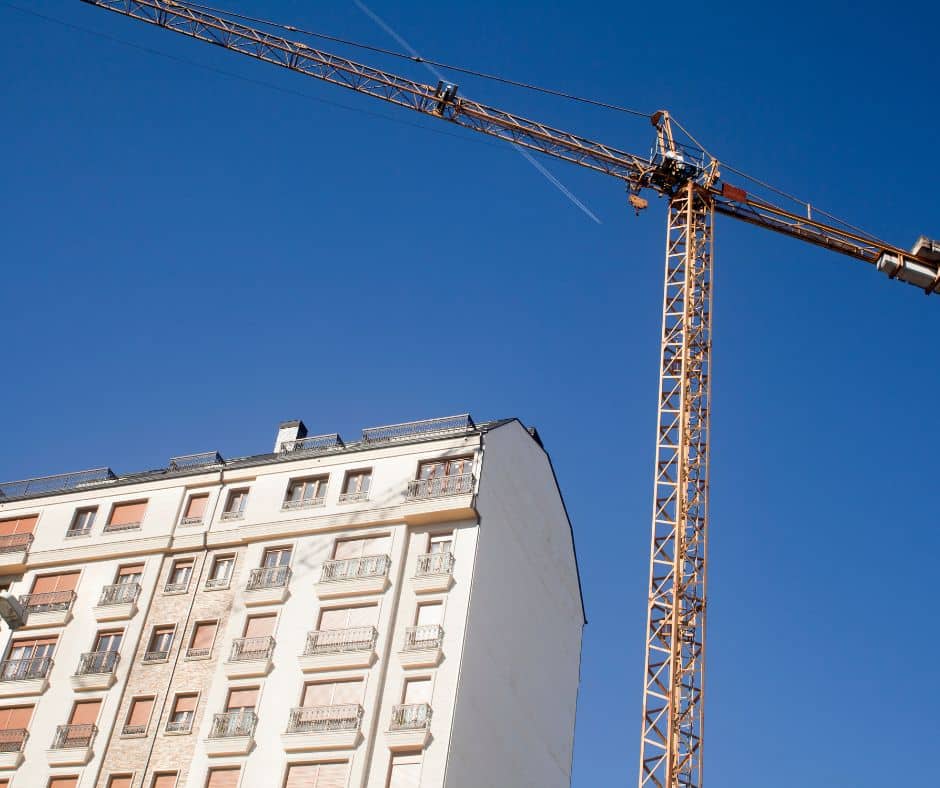In an era where environmental concerns are at the forefront of global conversations, the construction industry faces increasing pressure to adopt sustainable practices. In this quest, Building Information Modeling (BIM) becomes an indispensable tool, providing a holistic approach to building design, construction, and management with sustainability at its core. By producing a digital representation of a building’s functional and physical attributes, BIM transforms conventional architectural methods. This multifaceted model helps contractors, engineers, and an architect work together more effectively and makes it easier to make well-informed decisions at every stage of the project’s lifetime. If you are still curious to know more about MEP BIM Modeling, You can visit a website like AGON. They are the ones who assist their clients in locating the answers required to forward their initiatives. This blog post will guide you on what makes BIM modeling crucial for sustainable building design.
Early-Stage Analysis
During the first phases of the design process, BIM allows engineers and architects to do in-depth studies. Stakeholders may detect possible sustainability challenges and investigate alternate solutions before construction by utilizing BIM environments to conduct energy performance simulations, daylighting studies, and lifespan evaluations. Preventing expensive redesigns later in the project schedule is made possible by BIM by tackling these issues early on.
Efficient Use of Resources
Resource efficiency and sustainable design go hand in hand. Building plan optimization, waste reduction, and precise material quantity quantification are all made possible by BIM for designers. BIM lowers project costs while also promoting a more sustainable built environment by optimizing the construction process and consuming less material.
Increased Effectiveness of Energy
One major factor influencing a building’s environmental impact is its energy use. Building Information Modeling (BIM) offers comprehensive insights into a building’s thermal performance, HVAC needs, and renewable energy possibilities, which makes it easier to integrate energy-efficient systems and methods. Using energy modeling and analysis, designers may pinpoint chances to enhance building envelopes, use high-performing materials, and apply passive design tactics, ultimately leading to a decrease in energy usage and running expenses over the building’s lifecycle.
Management of the cycle
Sustainable design takes a building’s whole lifetime into account, not just the development phase. By acting as a common repository for building data, BIM enables stakeholders to monitor and control a building’s performance from inception until destruction. Building information modeling (BIM) extends the life of building components, promotes proactive maintenance practices, and makes end-of-life recycling and reuse plans easier by combining data on materials, systems, and maintenance schedules.
Teamwork in Making Decisions
Through input from architects, engineers, contractors, and stakeholders at every stage of the design and construction process, sustainability demands a multidisciplinary approach. Due to its shared platform for communication and data sharing, BIM encourages teamwork. Project teams may develop sustainable design solutions that support the project’s aims and objectives, find synergies, and settle disputes by working together and coordinating in real-time.
Regulatory Compliance
Adherence to sustainability standards is becoming essential for project success as governments throughout the globe impose more stringent rules and construction codes to tackle environmental issues. By allowing designers to assess the environmental effect of design choices and guarantee adherence to green building certifications like LEED, BREEAM, or Green Star, BIM simplifies regulatory compliance. Project teams may become more competitive, draw in investors, and satisfy the market’s increasing need for sustainable buildings by proving that they adhere to these requirements.
Summary
The subject of sustainable building design has seen a revolution thanks to AGON, which provides a comprehensive solution for resolving environmental issues and satisfying the changing demands of the construction sector. A building’s capacity to be both aesthetically beautiful and practical, as well as ecologically and financially sustainable over time, is enhanced by BIM’s ability to incorporate sustainability concepts into all phases of the design and construction process. Electrical BIM Modeling is expected to be a crucial component in influencing the built environment for future generations as society transitions to a more sustainable future.














